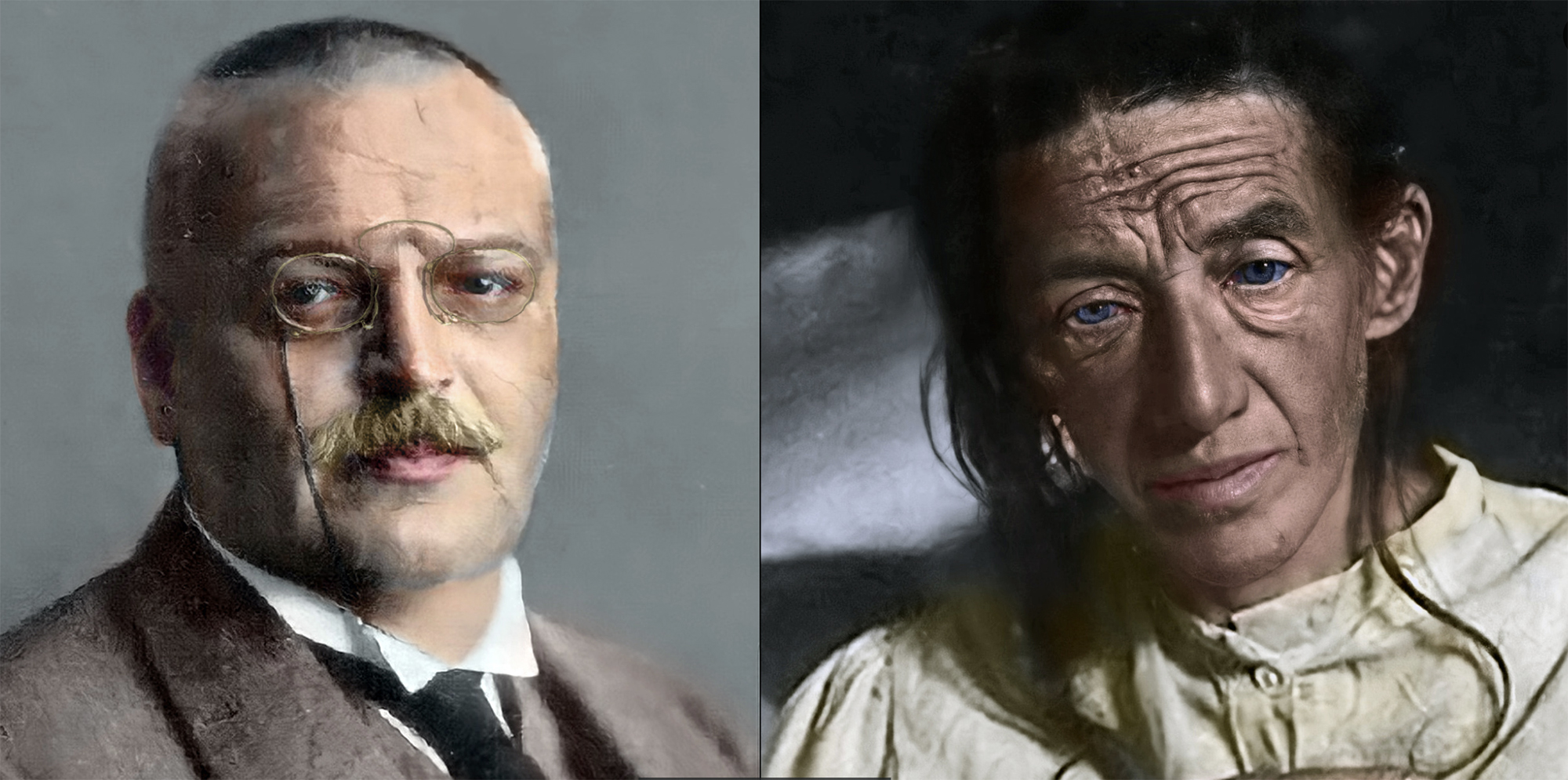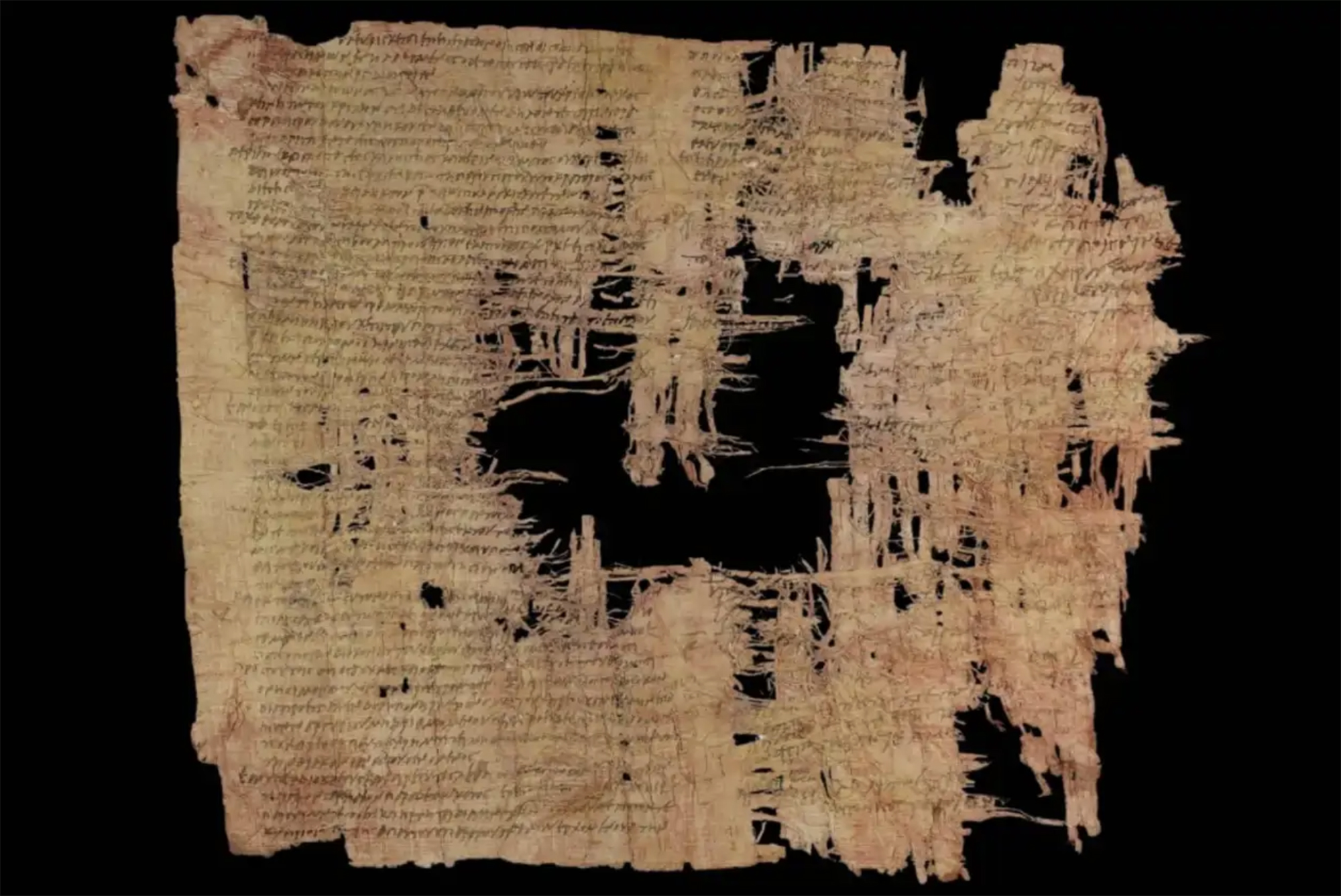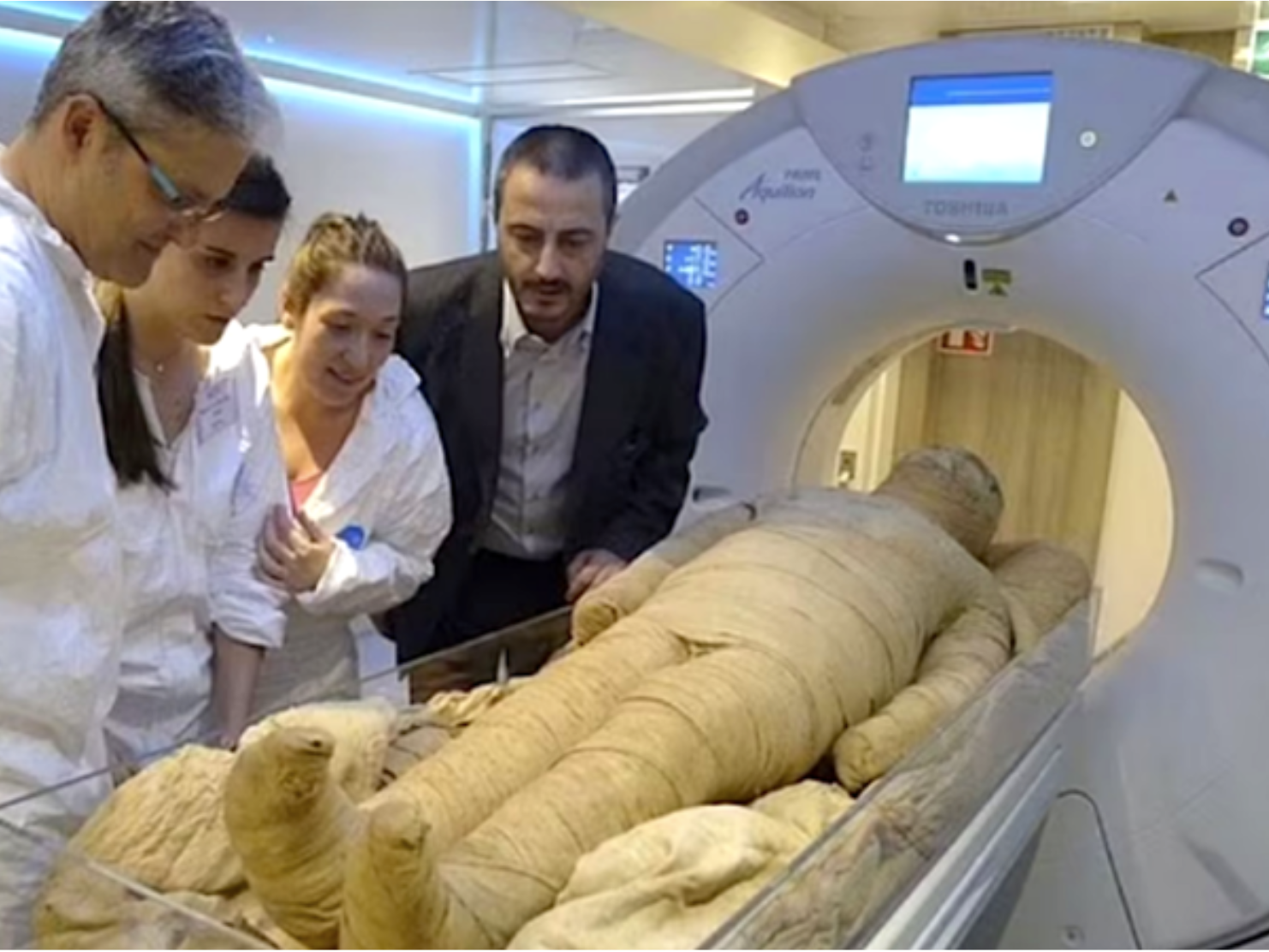Forgetfulness

Frankfurt, Germany, 1901. The psychiatrist and neurologist Alois Alzheimer first saw the patient Auguste Deter. The 51 year old German housewife was a strange case. "The patient is sitting and seems unprotected," Alzheimer said: "What's your name? Auguste. What is your husband's name? Auguste, I think. He doesn't seem to understand the question."
At that time, Alzheimer thought that psychiatric illnesses could be other diseases, like those of the body, and he was looking for a case to prove it, which Auguste Deter gave him. Memory and comprehension loss, aphasia, disorientation, unpredictable attitude, paranoia and evident psychosocial disability were some of Deter's symptoms. Alzheimer's called her "forgetfulness disease."
In the 1990s, the director of the psychiatric hospital of Frankfurt was Conrad Maurer, and came to a clear conclusion: The methods and diagnoses used by Alzheimer's were completely correct, almost a century later Maurer wouldn't change anything.
Deter was admitted to the psychiatric hospital in Frankfurt for five years. And the psychiatrist manually recorded the evolution of the patient. “I have taught him pen, pen, wallet, keys, newspaper and a cigarette, and he has identified them correctly,” he wrote. “When you have to write Frau Auguste D. writes the word frau and then we have to repeat the rest of the words because they forget.” And later: “The patient cannot advance in writing and insists on “I am lost”.
In the 1990s, the director of the psychiatric hospital of Frankfurt was Conrad Maurer. Maurer discovered there all the content written by Alzheimer's. The discovery allowed him to reconsider the case from the top down and came to a clear conclusion: The methods and diagnoses used by Alzheimer's were completely correct, almost a century later Maurer would not change anything.
==Death==Auguste Deter died on April 6, 1906. Alzheimer's immediately examined the patient's brain samples under a microscope and observed that the cerebral cortex was narrower than normal and atrophied. He discovered plaques and neurofilaments that served to explain the disease. And today is still the cause of the disease. At the end of this year, 37 South Germany. At the Psychiatric Congress he explained the case in detail to his colleagues. Another specialist suggested that he should name the disease.
Alois Alzheimer died in 1915 at the age of 51, not knowing that Alzheimer’s disease would affect millions. And not knowing that 120 years later, the same method would be used to diagnose dementia itself. She only needed one patient to remember her name for a long time linked to forgetfulness.
Luxorren, Erregeen Haranetik gertu, hilobi garrantzitsu baten sarrera eta pasabide nagusia aurkitu zituzten 2022an. Orain, alabastrozko objektu batean Tutmosis II.aren kartutxoa topatu dute (irudian). Horrek esan nahi du hilobi hori XVIII. dinastiako faraoiarena... [+]
AEB, 1900eko azaroaren 6a. William McKinley (1843-1901) bigarrenez aukeratu zuten AEBetako presidente. Berriki, Donald Trump ere bigarrenez presidente aukeratu ondoren, McKinleyrekiko miresmen garbia agertu du.
Horregatik, AEBetako mendirik altuenari ofizialki berriro... [+]
Urruña, 1750eko martxoaren 1a. Herriko hainbat emakumek kaleak hartu zituzten Frantziako Gobernuak ezarritako tabakoaren gaineko zergaren aurka protesta egiteko. Gobernuak matxinada itzaltzeko armada bidaltzea erabaki zuen, zehazki, Arloneko destakamentu bat. Militarrek... [+]
In the Maszycka cave in Poland, remains of 18,000 years ago were found at the end of the 19th century. But recently, human bones have been studied using new technologies and found clear signs of cannibalism.
This is not the first time that a study has reached this conclusion,... [+]
Porzheim, Germany, February 23, 1945. About eight o’clock in the evening, Allied planes began bombing the city with incendiary bombs. The attack caused a terrible massacre in a short time. But what happened in Pforzheim was overshadowed by the Allied bombing of Dresden a few... [+]
Poloniar ikerlari talde batek Sevillako Italica aztarnategiko Txorien Etxea aztertu du, eta eraikinaren zoruko mosaikoak erromatar garaiko hegazti-bilduma xeheena dela ondorioztatu du.
Txorien etxean 33 hegazti daude mosaikoetan xehetasun handiz irudikatuta. Beste... [+]
Judea, 2nd century AD. In the turbulent atmosphere of the Roman province, a trial was held against Gaddaliah and Saul, accused of fraud and tax evasion. The trial was reported on a 133-line paper in Greek (pictured). Thinking that it was a Nabataean document, the papyrus was... [+]
Vietnam, February 7, 1965. The U.S. Air Force first used napalma against the civilian population. It was not the first time that gelatinous gasoline was used. It began to be launched with bombs during World War II and, in Vietnam itself, it was used during the Indochina War in... [+]
Archaeologists have discovered more than 600 engraved stones at the Vasagård site in Denmark. According to the results of the data, dating back to 4,900 years ago, it is also known that a violent eruption of a volcano occurred in Alaska at that time. The effects of this... [+]
Japan, 8th century. In the middle of the Nara Era they began to use the term furoshiki, but until the Edo Era (XVII-XIX. the 20th century) did not spread. Furoshiki is the art of collecting objects in ovens, but its etymology makes its origin clear: furo means bath and shiki... [+]
In an Egyptian mummy of 3,300 years ago, traces of Yersinia pestis, the bacterium that caused the Justinian plague in the 6th century and the Black Plague in the 14th century, have just been found.
Experts until now believed that at that time the plague had spread only in... [+]
Greenland, the end of the 10th century. The first Scandinavian explorers and settlers arrived on the island. But by the 15th century these settlements had been abandoned and the original Inuit remained. But in 1721, the missionary Hans Egede organized an expedition and the... [+]
In 2017, Indonesia and the Netherlands signed an agreement to return the heritage stolen by the European country because of colonialism for three centuries. The Indonesian responsible for the return process, Gusti Agung Wesaka Puja, explained that this agreement "was important in... [+]
Greece 1975. The country began the year as a republic, three weeks earlier, in the referendum on 8 December 1974, after the citizens decided on the end of the monarchy.
A decade earlier, in 1964, when King Paul I died, his son Constantine took the throne at the age of 23.
But... [+]
Copenhagen, 18 December 1974 At 12 noon a ferry arrived at the port, from where a group of about 100 Santa Claus landed. They brought a gigantic geese with them. The idea was to make a kind of “Trojan Goose” and, upon reaching the city, to pull the white beard costumes... [+]

























